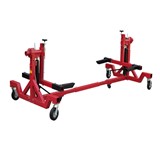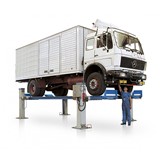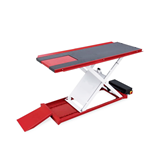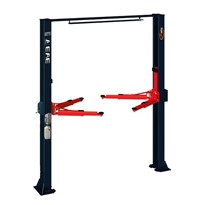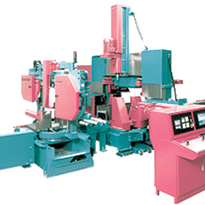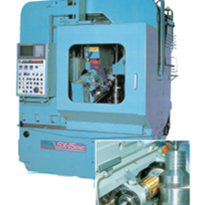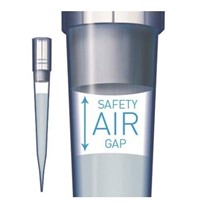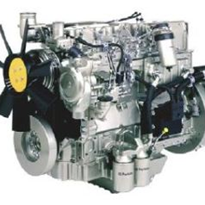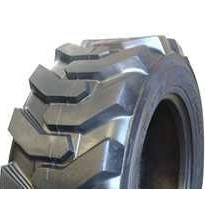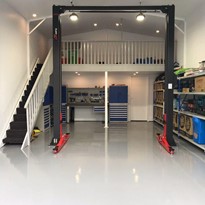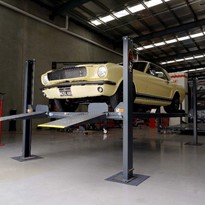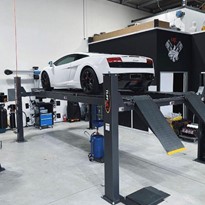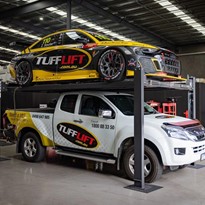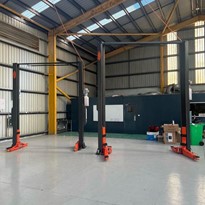From understanding the different types of car hoists available to the specifics of wheel alignment hoists and operational guidelines, we aim to provide you with the knowledge you need to make informed decisions for your automotive maintenance needs.
We look at the importance of considering factors such as lifting capacity, safety features, and the specific needs of your vehicles to ensure you choose the right car hoist. We also provide step-by-step advice on installation and detailed operational guidelines ensuring you can use your car hoist safely and efficiently.
What is a Car Hoist?
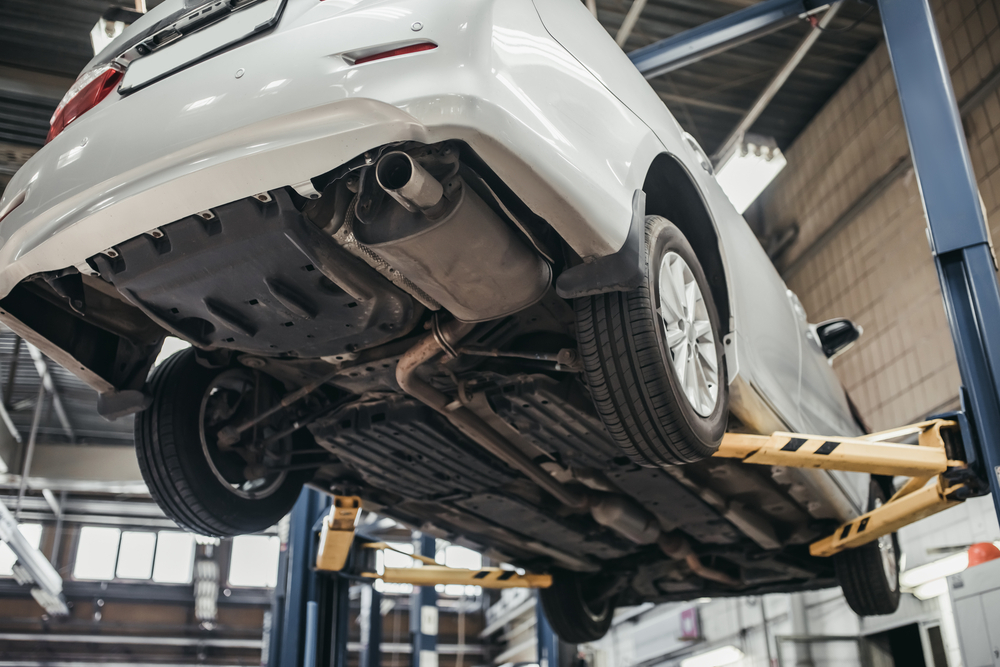
Car hoists are mechanical devices designed to lift vehicles off the ground, providing clear access to the underside for maintenance, repair, and inspection tasks. They are indispensable in automotive workshops and garages, where they facilitate a range of operations from simple oil changes to complex repairs. By elevating the vehicle, car hoists enhance accessibility and improve safety and efficiency in the workspace.
Types of car hoists
Understanding these variations is crucial for selecting the right hoist for your specific requirements.
- Known for their versatility and space-saving design, two-post hoists lift vehicles by the chassis, making them ideal for a wide range of maintenance tasks. They are a popular choice for professional garages and home workshops alike.
- Offering stability and high lifting capacity, four-post hoists are suitable for heavier vehicles and long-term storage. Their drive-on platforms make them convenient for wheel alignment and brake work.
- With a compact design, scissor hoists are perfect for facilities with limited space. They offer excellent access to the vehicle’s underside and are often used for quick service tasks and tyre changes.
- Designed for flexibility, portable hoists can be moved around the workshop as needed. They are ideal for spaces unable to accommodate permanent installations and for users who require a versatile lifting solution.
Applications of car hoists
Their primary application is to provide safe and efficient access to the underside of vehicles for:
- Routine maintenance:
Oil changes, transmission flushes, and inspections are made easier with the use of a car hoist. - Repair work:
Hoists allow for comprehensive access to all parts of the vehicle’s undercarriage, facilitating repairs to the exhaust system, suspension, and more. - Vehicle customisation and restoration:
Enthusiasts and professionals working on custom builds or restoring vintage cars find car hoists essential for accessing hard-to-reach areas.
Benefits of using car hoists
Incorporating a car hoist into your automotive maintenance routine offers several advantages:
- Safety:
Car hoists are designed with safety mechanisms to securely hold the vehicle in place, reducing the risk of accidents during underbody work. - Efficiency:
By providing clear access to the vehicle’s underside, car hoists significantly reduce the time and effort required for maintenance and repair tasks. - Ergonomics:
Lifting the vehicle to a comfortable working height helps prevent strain and injury, promoting a healthier work environment.
Installation Tips for Your Car Hoist
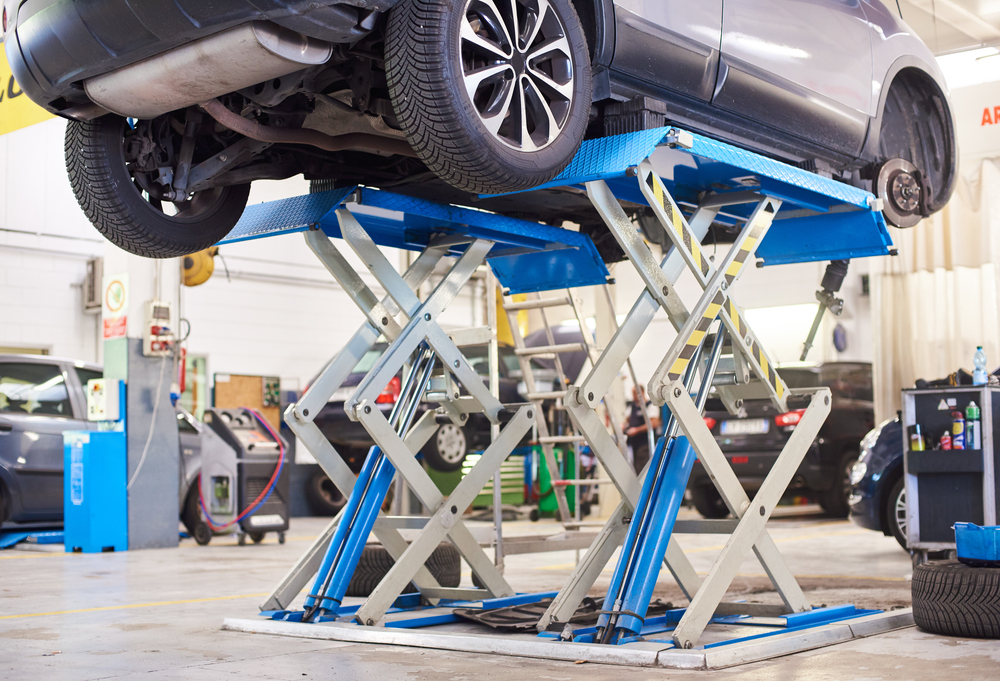
Proper installation is crucial for the safety, performance, and longevity of your equipment. Here, we provide advice on preparing for, and the actual installation of, your car hoist
Preparation
- Space requirements:
Before installing your car hoist, assess the space available in your garage. Ensure there is adequate room not only for the hoist but also for manoeuvring vehicles and performing repairs. A minimum clearance around the hoist is essential for safe operation, ensure you consider the dimensions of the hoist and the space needed around it to work comfortably. - Floor specifications:
The foundation where the hoist will be installed must be strong enough to support the weight of the hoist and the vehicles it will lift. Concrete floors are typically required, with a recommended thickness and psi rating to ensure stability. Check the manufacturer’s specifications for exact requirements, and consider a professional evaluation of your floor if you’re unsure about its suitability.
A step-by-step guide to installation
- Unpacking and inspection:
Upon receiving your car hoist, carefully unpack and inspect all components for any damage during shipping. Make sure all parts listed in the manual are present. - Assembling the hoist:
Follow the manufacturer’s instructions closely when assembling your car hoist. This process usually involves attaching the posts, arms, and hydraulic system. It’s advisable to have assistance during this step, as some components can be heavy to manoeuvre alone. - Securing the hoist to the floor:
Once assembled, the hoist must be securely anchored to the concrete floor. Use the anchor bolts provided by the manufacturer, ensuring they are tightly fastened and the hoist is stable. This step is critical for safety and must not be overlooked. - Electrical and hydraulic connections:
Connect the power unit and ensure all hydraulic lines are correctly fitted. It’s essential to follow the wiring instructions carefully to avoid any electrical issues. If you’re not experienced with electrical installations, consider hiring a professional electrician to complete this step. - Testing the hoist:
Before using the hoist with a vehicle, perform a test lift following the manufacturer’s guidelines. This test ensures everything is working correctly and safely. Check for any leaks in the hydraulic system and ensure all moving parts operate smoothly.
Best practices
- Read the manual:
Familiarise yourself with the hoist’s operation manual. Understanding the manufacturer’s guidelines is key to safe and efficient use. - Regular maintenance:
After installation, regular maintenance checks are crucial to ensure the longevity and safety of your car hoist. Inspect for any signs of wear, hydraulic fluid levels, and the condition of the anchor bolts. - Training:
Ensure anyone who will operate the hoist is properly trained. Knowing how to use the hoist correctly is essential for safety.
Operational Guidelines for Car Hoists
Operating a car hoist efficiently and safely must be a priority in any automotive maintenance or repair setting. Proper use not only ensures the longevity of the equipment but also safeguards the operators and vehicles. Below, we explore essential operational guidelines for car hoists, focusing on safety precautions, routine maintenance, and best practices.
Safety precautions
- Conduct regular inspections:
Before each use, inspect the car hoist for any signs of wear, damage, or malfunction. Check hydraulic systems, lifting arms, and safety locks to ensure they are in good working condition. Routine inspections should be conducted as per our Vehicle Hoist Safety Check & Maintenance Log Book. - Follow weight limits:
Adhere strictly to the manufacturer’s specified weight limits. Overloading a car hoist can lead to equipment failure and pose serious safety risks. - Use proper lifting points:
Always lift vehicles from the manufacturer-recommended lifting points to maintain stability and prevent damage to the vehicle or hoist.
Routine maintenance tips
- Lubricate moving parts:
Regularly lubricate all moving parts of the car hoist, including hinges and rollers, to ensure smooth operation and reduce wear. - Check hydraulic systems:
Inspect hydraulic lines and fluids periodically. Look for leaks or signs of air in the system, which can affect performance and safety. - Schedule professional inspections:
Have a qualified technician perform a comprehensive inspection of the car hoist at least once a year. This helps identify potential issues before they become serious problems.
Best practices for efficient operation
- Train operators:
Ensure all operators are trained on the correct use of the car hoist, including how to safely lift and lower vehicles, and how to respond in case of an emergency. - Keep the area clear:
Maintain a clean and unobstructed area around the car hoist. This reduces the risk of accidents and allows for easy access to the vehicle. - Implement a usage log:
Keep a record of hoist usage, including maintenance activities and any issues encountered. This log can help track the equipment’s condition over time and facilitate timely maintenance.
Troubleshooting Common Issues
This section provides expert advice on troubleshooting common problems associated with car hoists, reinforcing your knowledge and expertise in handling such equipment efficiently.
Identifying the problem
Before attempting any repairs, accurately identifying the issue is crucial. Common signs of trouble include unusual noises during operation, the hoist failing to lift or lower evenly, or hydraulic fluid leaks. These symptoms can indicate underlying problems requiring immediate attention.
Hydraulic fluid leaks
One of the most frequent issues with car hoists involves hydraulic fluid leaks. These can lead to a decrease in pressure, affecting the hoist’s ability to lift vehicles safely. To troubleshoot, inspect all hydraulic lines and fittings for signs of wear or damage. Replacing worn-out parts and ensuring connections are tight can often resolve these leaks.
Uneven lifting or lowering
If your car hoist lifts or lowers unevenly, it could be due to an imbalance in the hydraulic system or issues with the hoist’s arms. First, check the hydraulic fluid levels and refill if necessary. Next, inspect the arm locking mechanisms for any obstructions or damage. Adjusting the arm settings and ensuring they are correctly aligned can help mitigate this issue.
Unusual noises during operation
Unusual noises, such as creaking or banging, can be alarming and may indicate mechanical problems. These sounds often result from loose components or lack of lubrication. Tightening all bolts and lubricating moving parts according to the manufacturer’s recommendations can significantly reduce these noises.
Electrical faults
For electrically operated hoists, electrical faults can cause operational failures. Issues may arise from faulty wiring, damaged switches, or a malfunctioning motor. Conducting a thorough inspection of the electrical system and replacing defective parts is essential for resolving these problems.
When to seek professional help
While many common issues with car hoists can be resolved with basic troubleshooting, some problems may require professional expertise. If the hoist continues to malfunction despite your efforts, or if you’re unsure about performing repairs safely, seeking assistance from a qualified technician is advisable. Professionals can provide a comprehensive assessment and carry out necessary repairs, ensuring your car hoist remains in optimal working condition.
Why choose Tufflift for your next car hoist
At Tufflift, our expertise in the automotive industry allows us to offer high-quality, reliable hoists to meet the diverse needs of professional mechanics and automotive enthusiasts alike. Our team of experienced professionals is always ready to provide you with personalised advice, helping you select the perfect hoist for your specific requirements.
Tufflift hoists are designed with durability and safety in mind, ensuring you receive a product meeting and exceeding industry standards. From installation to maintenance, Tufflift offers unparalleled support, ensuring your car hoist operates flawlessly for years to come.
Whether you’re looking to enhance your vehicle maintenance capabilities or streamline your operations, Tufflift has the solutions you need.





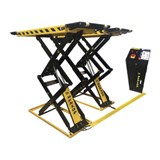
-160x160-state_article-rel-cat.png)

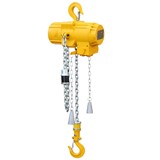
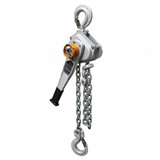
-160x160-state_article-rel-cat.png)

